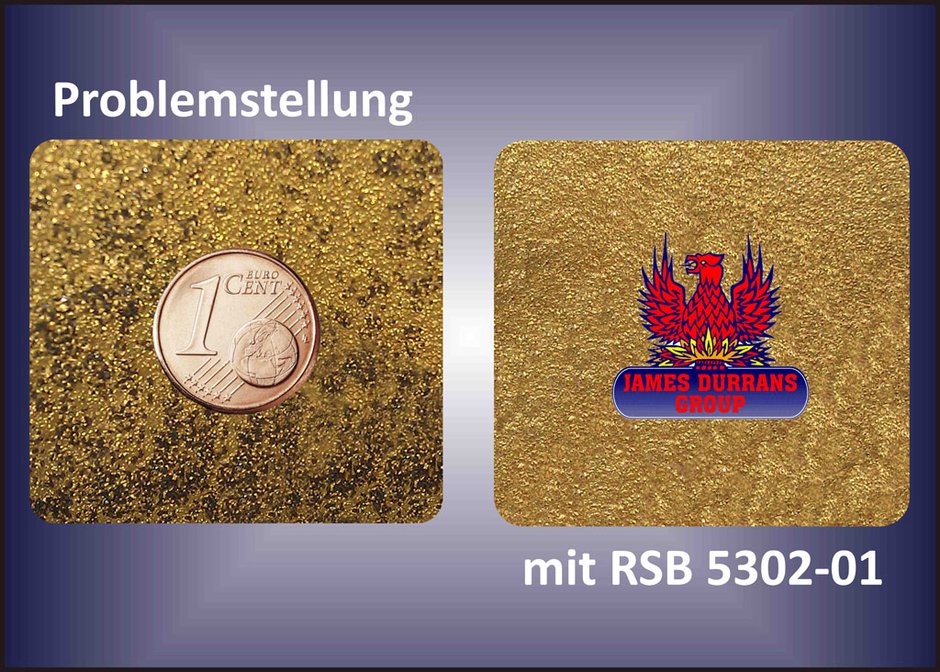Like every foundry, brass foundries are engaged permanently in the quest to improve casting quality and reduce the scrap rate.
Special attention is paid to the improvement of the casting surface and the avoidance of casting defects like veining and metal penetration.
High quality coatings play a part in this search, their task is to protect the sand moulds and cores from thermal influences during and after the casting process. The low viscosity of some brass alloys leads mostly to metal penetration defects due to the penetration of the liquid metal into the space between the sand grains. A major concern due to sand adhesion and metal penetration defects is the reduction of tool service lives through the contact of remaining sand particles with machining tools like drills, saws or mills.
In addition the group of valve founders is confronted with another problem: some of the sand particles will be displaced from the ongoing process (casting, core removal, abrasive blasting) and carried over into the Galvanic treatment, where they could detach from the casting surface and result in possible surface defects on machined castings.
At this time the casting is fully finished and therefore result in high rework costs or expensive regects.
Up to now our coating RSB 5302-01 showed good results during many field trials and serial applications, at which the main aspect of this adjuvant “efficiency” stood from the beginning on in the foreground. It is easy to handle and shows clean and drop-free surfaces as well as high abrasion resistances after matting and drying.
Thus the RSB5302-01 represents an effective tool that opens customers the possibility to produce castings with improved surface finish and to save cleaning times and tooling costs at the same time. It is compatible with nearly all conventional core binders and can be diluted with alcohol - depending on the application form - in order to be used by dipping, spraying or brushing on the respective form / core areas.
Viscosity for dipping process: 11-13,5 seconds
Coating thicknesses: between 50-200 µm (depending on the application)
auch verfügbar in: <link record:tt_news:13430 internal-link>![]()
![]()
###COMPANY_LINK### <link record:tx_browserdirectory_directory:135 internal-link>![]() James Durrans & Sons Ltd.
James Durrans & Sons Ltd.


